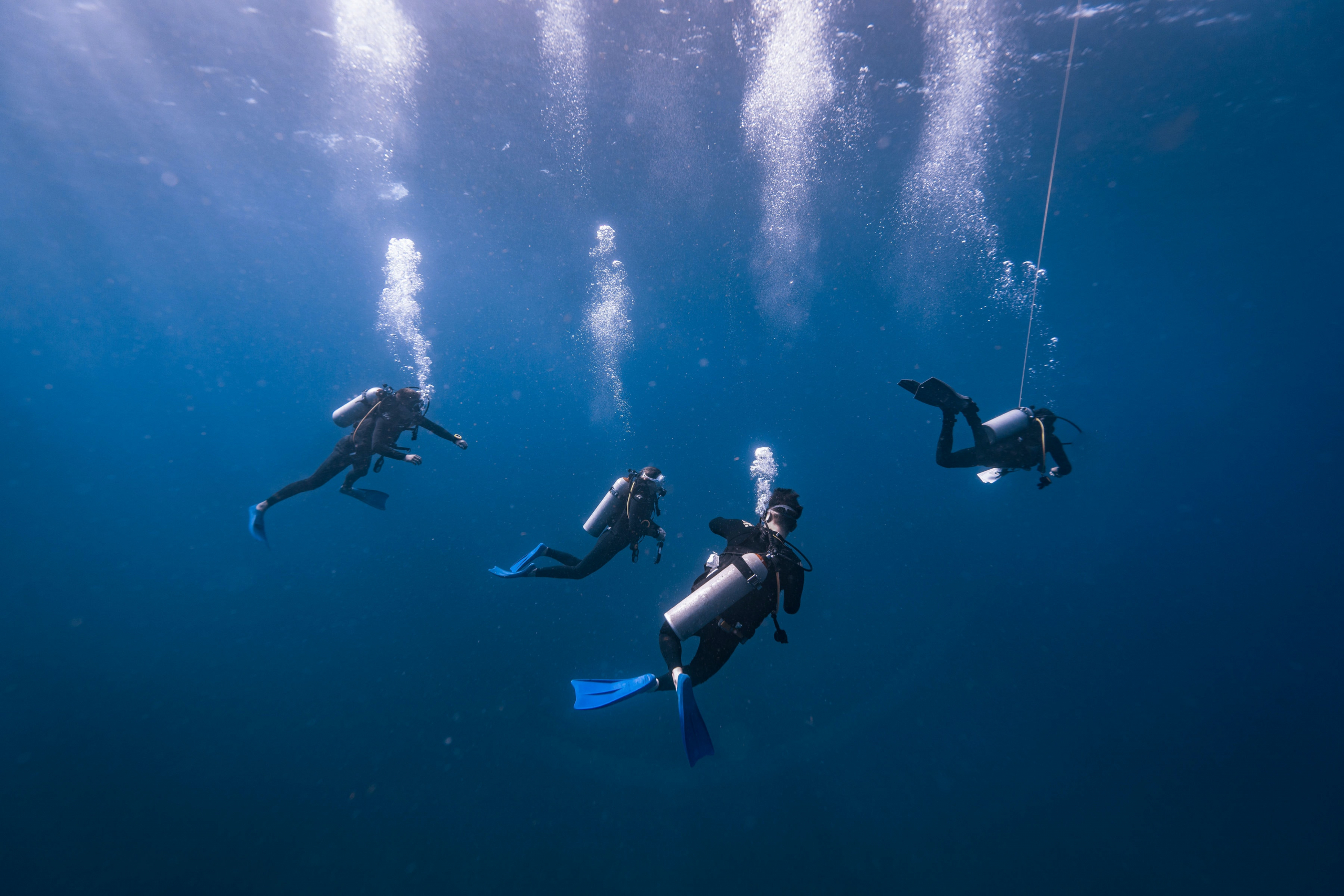March 16, 2023
Denmark’s Innovative Plan to Mitigate Carbon Emissions: Pumping Climate Gas Beneath the Sea Floor
Book a Demo
Denmark is taking bold steps in the fight against climate change with a plan to capture and store carbon dioxide emissions beneath the seabed. The country’s government hopes to turn a negative climate impact into a positive one by capturing carbon dioxide and pumping it underground. This innovative approach to mitigating carbon emissions is part of Denmark’s goal to become carbon neutral by 2050.
Carbon capture and storage (CCS) is a process that captures carbon dioxide emissions from power plants and other industrial processes before they are released into the atmosphere. The captured carbon dioxide is then transported to a storage site, usually underground, where it is permanently stored. The process of CCS can be an effective tool in the fight against climate change, as it reduces greenhouse gas emissions and mitigates the impact of climate change.
Denmark’s plan involves pumping carbon dioxide beneath the seabed of the North Sea, which would allow the country to capture and store carbon dioxide from industrial processes in Denmark and other parts of Europe. The stored carbon dioxide would be injected into geological formations beneath the seabed, where it would be permanently stored.
The project is still in the planning stages, and the Danish government is currently conducting feasibility studies to determine the best way to implement the plan. However, the government is confident that the project will be successful, and it hopes to begin carbon dioxide injection by 2030.
The project has received support from environmental groups, who see carbon capture and storage as a critical tool in the fight against climate change. However, some critics have raised concerns about the safety of storing large amounts of carbon dioxide beneath the seabed. They worry that the stored carbon dioxide could leak and potentially harm marine life and the environment.
Despite these concerns, Denmark is moving forward with its plan, and it hopes to set an example for other countries to follow. The country has a long history of innovative solutions to environmental problems, and the carbon capture and storage project is just the latest example of Denmark’s commitment to a sustainable future.
Denmark’s plan to pump carbon dioxide beneath the seabed of the North Sea is an innovative approach to mitigating carbon emissions and fighting climate change. The project has the potential to be a game-changer in the fight against climate change, and it could set an example for other countries to follow. With the support of environmental groups and the government’s commitment to sustainability, Denmark is well on its way to achieving its goal of becoming carbon neutral by 2050.



